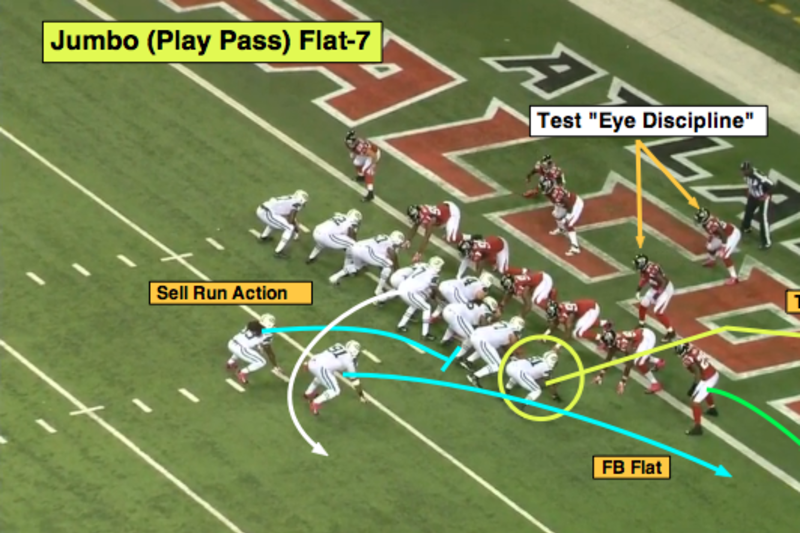Basic Red-Zone Routes : NFL
Red-zone routes refer to offensive plays that are done within 20 yards of the defense’s endzone. While the reduced distance gives a much greater opportunity for a team to score a touchdown, there is also fewer passing lanes for an opportunity to create that touchdown in the first place. In these plays, offenses aim to create specific matchups that help target weaknesses in a defense, often forcing one-on-ones where some route running can lead to an easy touchdown. Here’s some basic red-zone routes:
Jumbo Flat-7:
To simplify, in this play, the offense first fakes out by making the defense think the running back is going with the ball. If the fake works, usually second level defenders push down towards the quarterback. However, this usually leaves tight ends and/or wide receivers open or guarded on man-to-man coverage. It therefore allows for a good passing lane without much of a chance of interceptions and a possible touchdown.
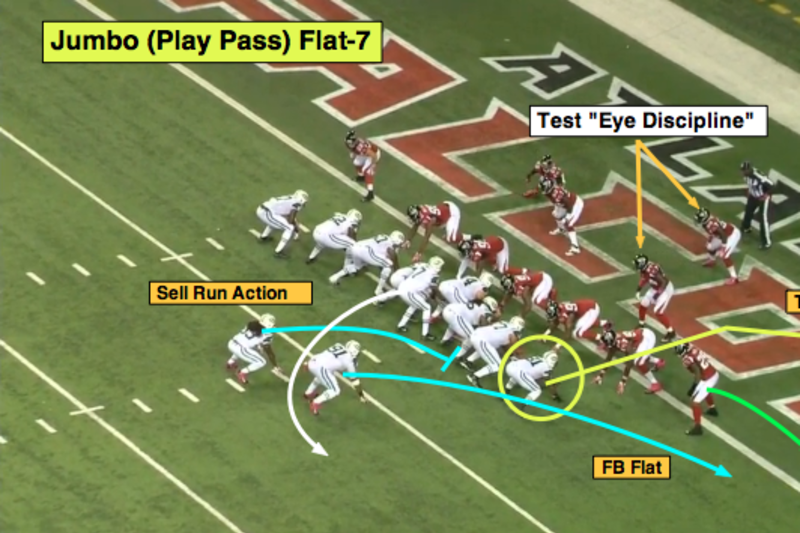
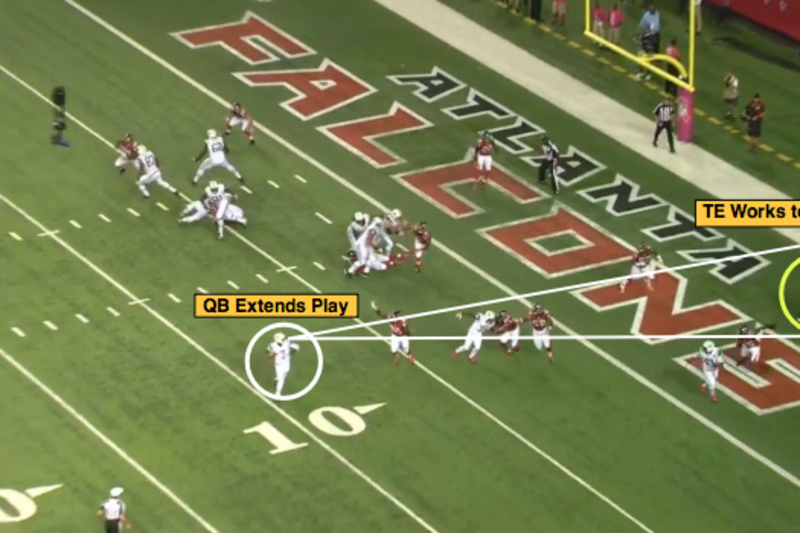
999 Route:
This route forces safeties to read the quarterback as opposed to the players running down the field. Usually, most of the offense gets concentrated to one side. Once that is done, wide receivers/tight end move down the field. Usually, in such a play, a receiver makes a catch because a cornerback is trailing behind with no help defense, because other cornerbacks and safeties are responsible for guarding the other offensive players. They try to read where the quarterback’s going to throw, but because most of the offense is on one side, the ball’s destination isn’t known until it’s very close, or it’s too late. This allows players that manage to slip through an opportunity to receive the ball.
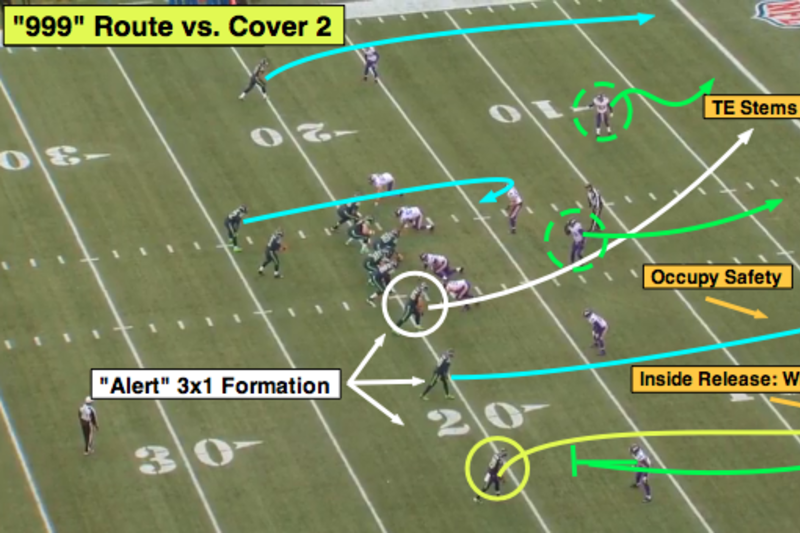
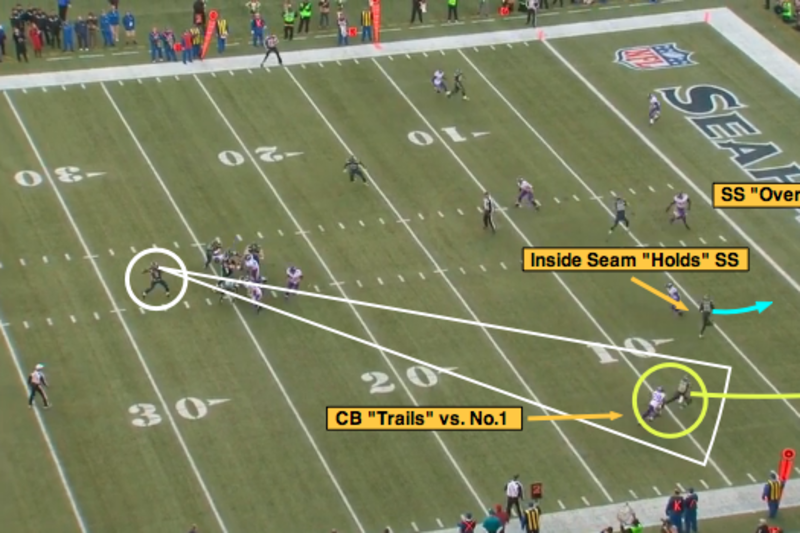
Spot Route:
One of the most common routes in the NFL is the spot route. This is a great way to combat man-to-man coverage or wide spread of the defense. The Spot first widens the defense. An offensive player is designated as the curl, and someone is the flat. The curl’s job is to occupy the flat’s defender and create a break in the transition and switch of defenders. The curl usually moves the flat defender and nearby defense to one area, leaving the flat open in the back. The flat gets a side catch and can utilize the lateness in defense reaction or any other thing to move down and secure a touchdown. If this were compared to other sports, this would be like a screen in basketball, where blocking a defender can help create opportunities for passing and scoring by disrupting the defense.
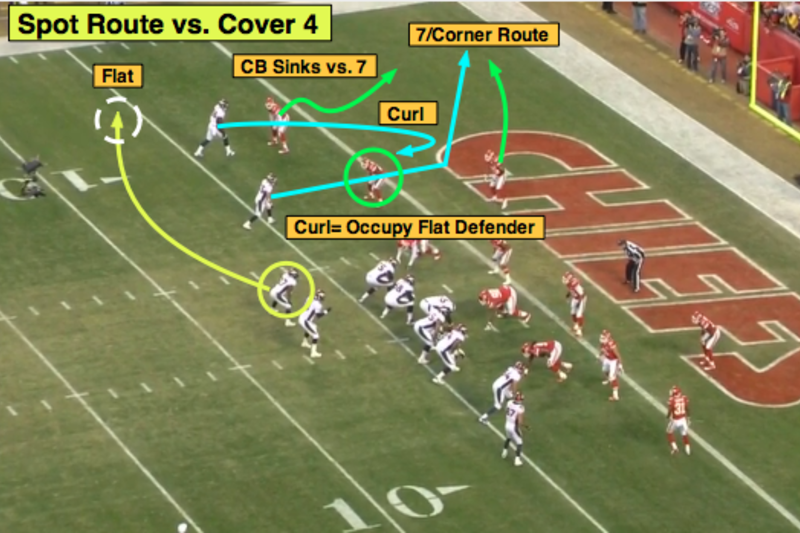
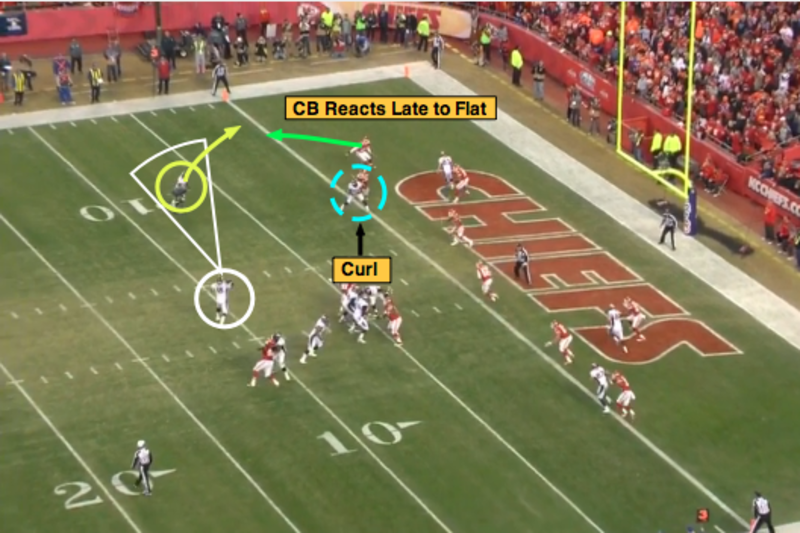
More NFL news:
Follow our NFL page for more key NFL updates and news
